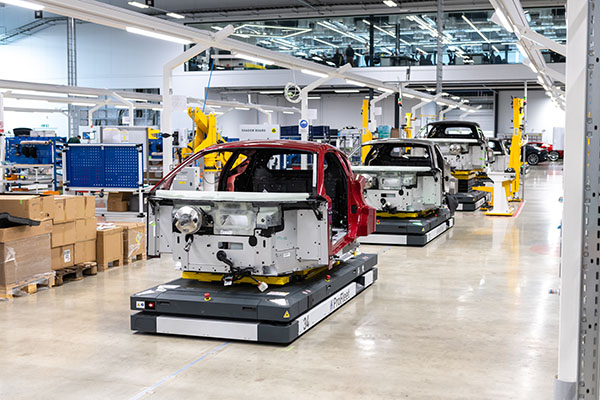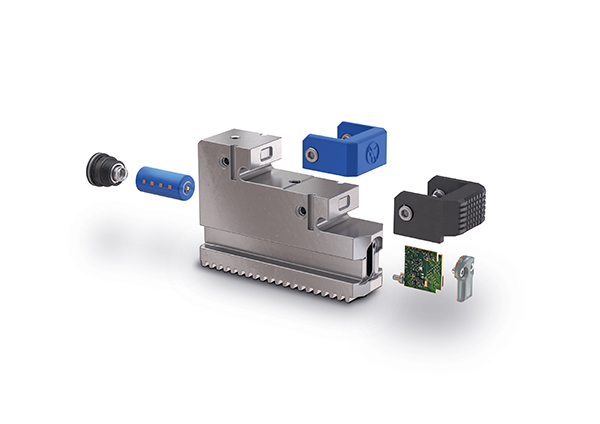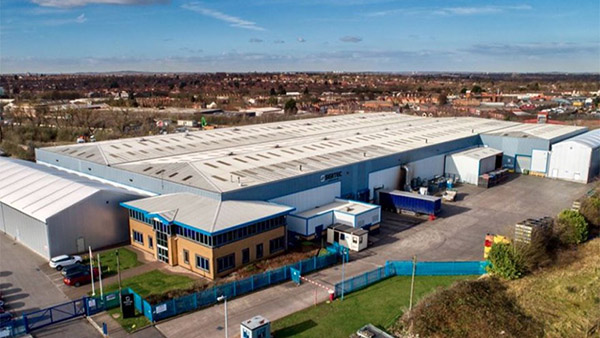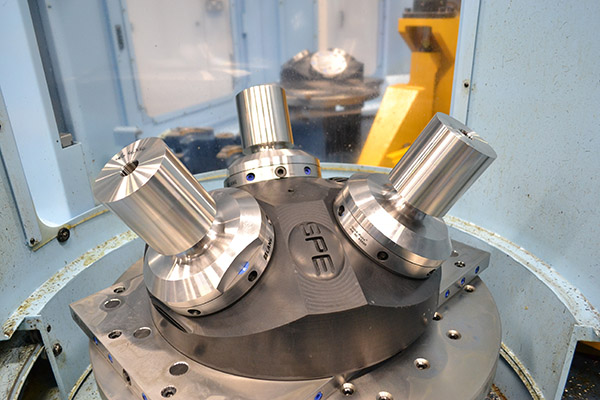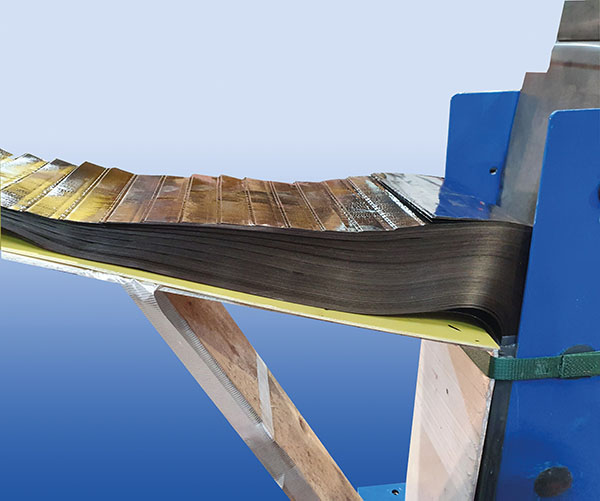
Swiftool Precision Engineering (SPE) is a family-owned business that produces safety-critical parts for a global customer base. Having manufactured and supplied high-integrity, precision-machined components, kits and machined assemblies for over 40 years, the company has gained in-depth experience in serving sectors such as the nuclear, defence and petrochemical industries. More recently, SPE began supplying the global aerospace market.
In accordance with the firm’s quest for ever-higher standards of efficiency and quality, and to enable its advanced machine tools to achieve their full productive potential, SPE recently invested in a range of work-holding devices from Lang Technik UK. Among other equipment, Sutton-in-Ashfield-based SPE ordered Lang Technik’s stamping technology, Makro Grip vices and Quick-Point work-holding system.
Project applications engineer at Swiftool, Alex Nelson, says: “Through the use of Lang Technik work-holding systems on our machine tools we’ve slashed our job change-over times and achieved the production increases we were seeking. It helps that now, much of the work associated with setting-up the next job due on our machine tools can be carried-out while a current job is undergoing machining.
“For instance, within the cycle time of a currently running job, we use our new Lang Technik stamping unit to make very accurate, minute indentations into our next-to-be-machined workpiece blank before putting it into one of our Lang Makro-grip vices,” he continues. “As the features on the vice’s jaw precisely engage with the workpiece’s pre-stamped indentations, we can achieve excellent holding power while only needing to apply minimal clamping forces. The quick loading/unloading nature of the Lang Technik system means much quicker job changeovers.”
For further information
www.lang-technik.co.uk








